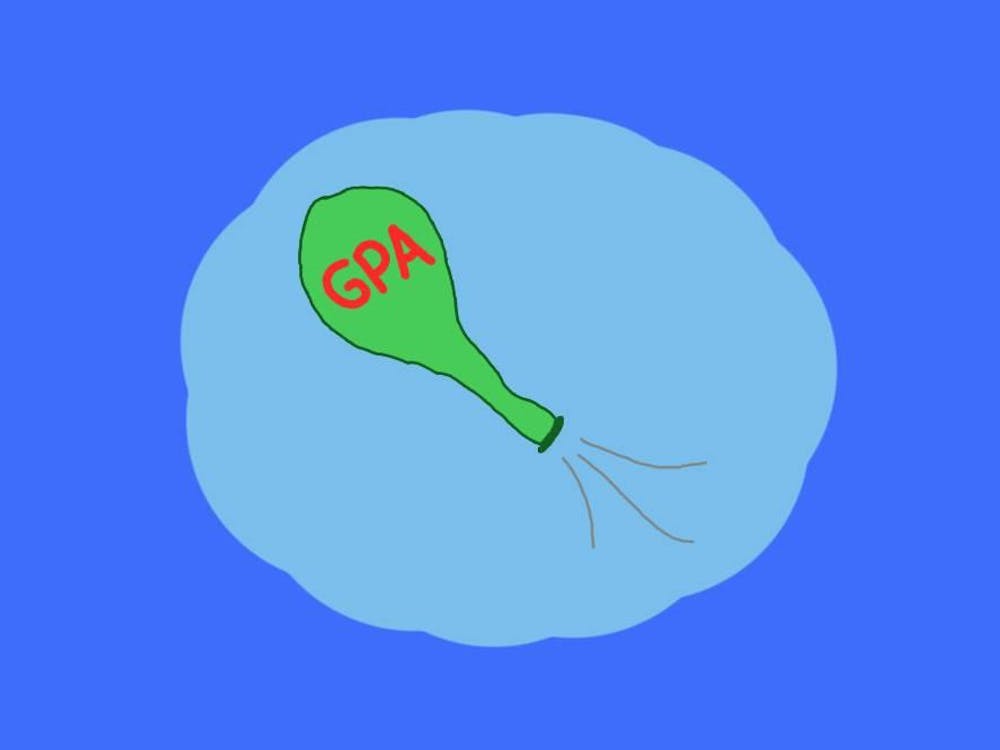It took one month for Brandon Stanton, the photographer behind Humans of New York, to raise over $1.4 million dollars for an underprivileged school in one of the city’s toughest neighborhoods. His aim was simple: raise enough money to send every student at Mott Hall Bridges Academy on a class trip to Harvard. The popularity of his Indiegogo campaign ultimately reveals one thing: today, more than ever, brands matter, and Stanton’s campaign underscores the hierarchy of collegiate branding in a way that should force us to think critically about our own University brand.
When Stanton’s trusted brand of Humans of New York presented a story that encapsulated the American Dream and the current myth of social mobility almost too-perfectly, it created a firestorm of media attention and galvanized potential contributors. The story, like Stanton’s blog, was innocent and well meaning enough to make it immune to critical analysis. No one dared point out the aid allocation flaws in the logistics, even if they saw them. No one wanted to be the person to question why Stanton and Nadia Lopez, the school’s principal, weren’t sending kids on more cost-conscious trips to any of New York’s excellent universities — Columbia, New York University or Juilliard to name a few. Instead, they allowed the brands involved in the campaign to communicate implicit messages to them about trust, prestige and what they desired for themselves and their children. After all, if underprivileged kids in Brooklyn had access to Harvard, didn’t that mean anyone’s children had access too?
Ultimately, the campaign was a juggernaut of social appeals, fueled by two powerful brand names and a Cinderella storyline filled with characters everyone wanted to believe in and root for.
The question is, though, if one of the two brands had been removed from the picture, would the mission have galvanized even a quarter of the same support it received? If Harvard had been replaced with Princeton, or Yale (the students will pass New Haven on their bus ride to Cambridge), I think the campaign would have still succeeded — for the brand association of those alternate Ivies carries the same gravitas as Harvard. But what if it was our University they were going to visit? I daresay the campaign would have fallen flat, or at the very least would have been subject to far more criticism about the logical fallacies in transporting students to a university hours from more logistically accessible options. This is because we simply do not have the national reputation of selectivity, prestige and excellence that Harvard has. So while we often tout ourselves to be a “public Ivy,” I think we need to be more realistic about where we stand in the hierarchy of collegiate brands.
The fact is, the majority of the world couldn't locate Virginia on a map, let alone tell you what its flagship University is or who its founder was. Before that is dismissed as simply a divide between first- and third-world nations, or accredited to a lack of education, let me take it one step further. I would say the majority of people in the United States could not tell you a single thing about the University other than what its name reveals: it is Virginia's flagship institution of higher education. This may come as a surprise to those whose universe has revolved around Charlottesville growing up — whether that means hearing about it constantly, living near here or having countless family members and friends attend.
I, like many out-of-state students, have spent the last two years warily annunciating the expanded acronym of “U.Va.” to those in my home state of Arkansas who ask where I go to school. Saying “the University of Virginia” avoids having to clarify for them that I did not say “U of A” or that the “V” does not stand for Vermont. Visiting my family on the west coast, from Los Angeles to Seattle, results in similar explanatory small talk.
I am frequently confused by what the University brand means as decided by public consensus. From personal experience I have concluded the University brand has yet to transcend regional influence and mean much to anyone outside of the self-selecting circles it thrives in (Georgia, North and South Carolina, boarding schools up the coast and a surprising diaspora of interest in the country of Colombia) or the geographic area of its location.
Today, more than ever, college brands matter. Building a brand that transcends the physical location of a school is critical to creating a comparative advantage over other universities, especially with the rise of online courses where no-name institutions stand little chance of competing with recognizable names. The story of Mott Hall Bridges Academy and Brandon Stanton shows us that what a school’s brand communicates about one’s personal value system can have a powerful galvanizing effect. If a brand is a promise, and a reputation is how one delivers on that promise, it is time we critically evaluate what we are communicating with the University brand and get realistic about the perception of this University. Purporting to be more prestigious than we really are oversells our brand and only contributes to a reputation of elitism we, in light of negative media attention in recent months, are trying to debunk.
Lauren Jackson is an Opinion columnist for The Cavalier Daily. She can be reached at l.jackson@cavalierdaily.com.




